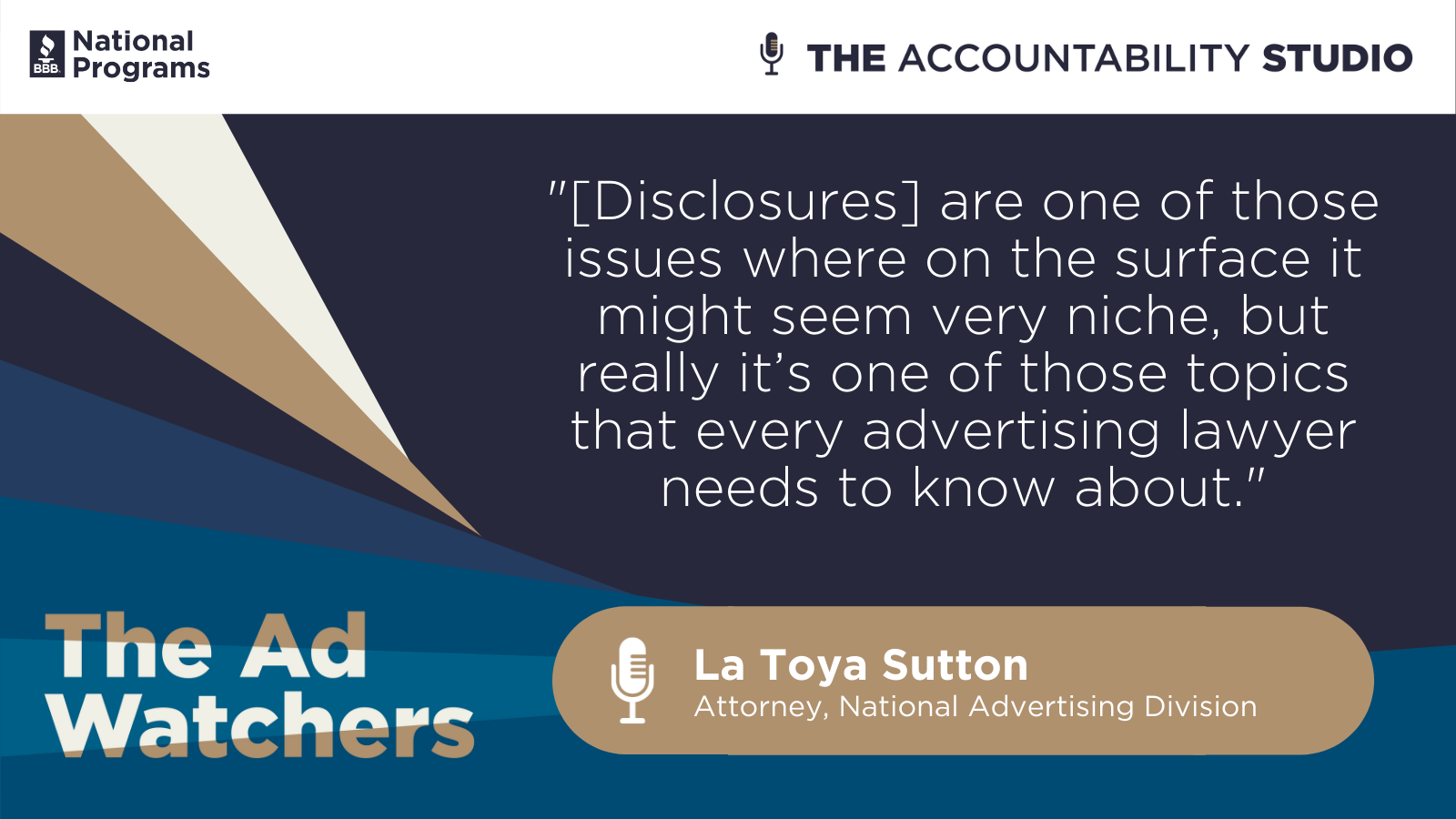
In the third episode of Ad Watchers, hosts La Toya Sutton and Hal Hodes discuss the importance of disclosures, and why it is an important topic for every advertising lawyer to know about.
To set the foundation for the conversation, Hal defines a disclosure, in the context of advertising, as “any information you’re conveying to consumers that seeks to clarify or limit the message conveyed by your advertising claim.” They shared how at the National Advertising Division, they use two phrases to describe what the standard for a sufficient disclosure is, “clear and conspicuous” and “easy to notice, read and understand.”
The Federal Trade Commission (FTC) applies a similar standard. In 2014, the FTC sent warning letters about the adequacy of disclosures used in advertising to more than 60 companies as part of their program “Operation Full Disclosure.” Around this time, they also published a blog post that uses the mnemonic the Four P’s to serve as a guide to help advertisers check the sufficiency of their disclosures.
Hal and La Toya walked through these:
- Prominence: In a visual disclosure, can you see it?
- Presentation: How easy is it to understand your disclosure?
- Placement: Where is the disclosure in your ad?
- Proximity: How close is the disclosure to the claim itself?
At NAD, in their cases, they often see advertisements that fall short of the basic elements needed for them to be considered sufficient. And as Hal states in the episode, if you have to engage in mental gymnastics to understand the disclosure, the NAD recommends it being changed.
Along with discussing the Four Ps’, Hal and La Toya also dove deeper by identifying additional issues for advertisers to consider when they are aiming to make effective disclosures. These issues were presented as the five pitfalls to avoid when using disclosures.
- Pitfall Number 1: An advertising disclosure, is not meant to be the same thing as a disclaimer.
- Pitfall Number 2: Your disclosure should not contradict your main claim.
- Pitfall Number 3: Don’t put too much in the fine print, or else there is a chance you will fundamentally alter the benefit of the claim.
- Pitfall Number 4: Your disclosure has to be sufficient and work in the context of each medium you are advertising on.
- Pitfall Number 5: It is important to look at your disclosures inside of the medium, as well as across each platform.
In closing the episode, Hal and La Toya both emphasized that creating a sufficient, effective disclosure is manageable as long as you keep certain considerations in mind. They left listeners with a beneficial tip, which is to consider what the advertisement would look like in the eyes of the viewer.
Visit to Learn More: NAD FAQ’s
Contact Information: nad@bbbnp.org

